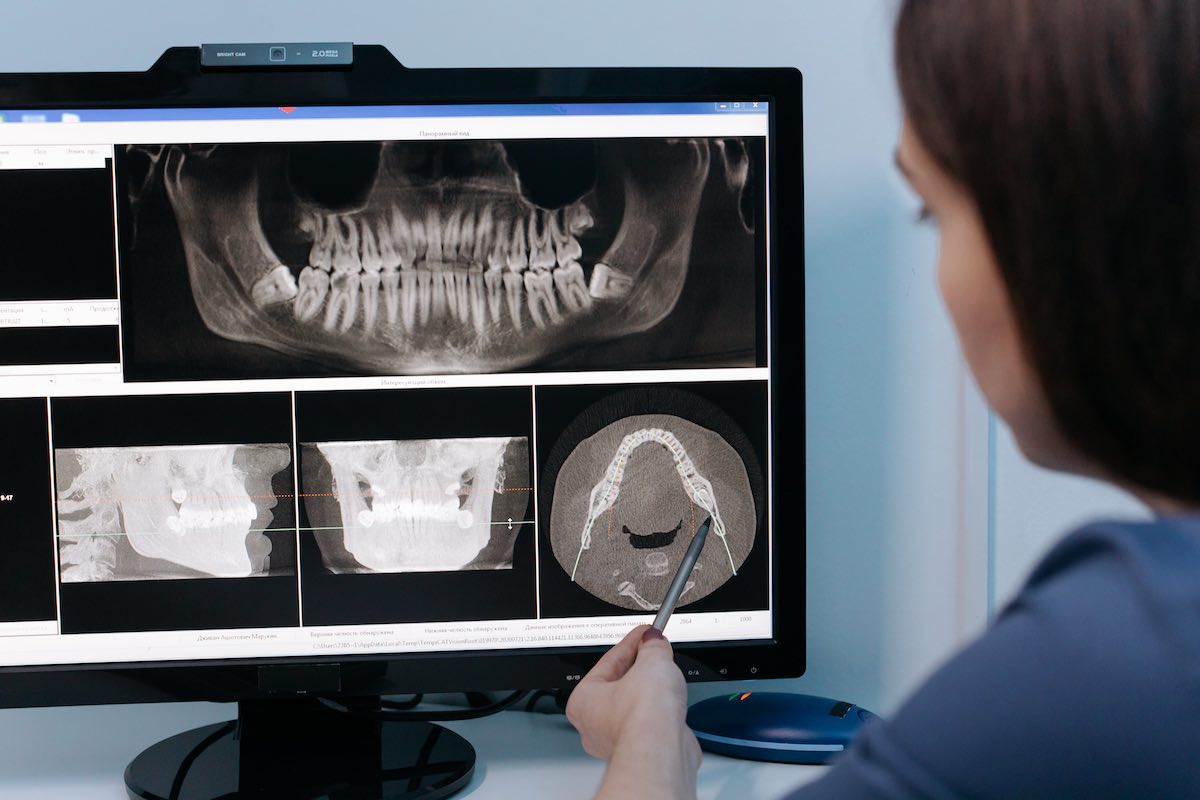If you’re seeking to replace your missing teeth, you may have heard that dental implants are designed to look and feel exactly like your original smile. They can even last a lifetime with the right care! However, they require a surgical procedure, and you want to choose the right expert for the job. Dental implant technology has come a long way, allowing surgeons today to use computer-guided dental implant placement rather than doing so free-handed. How are these methods different? How do they impact your overall treatment? Read on to find out!
How Are Dental Implants Traditionally Placed?
For decades, dental implants have been placed into the jawbone at specific locations and angles using digital imaging technology as a guide. After using cone beam CT scanners, oral surgeons were able to pinpoint the ideal location of the implant posts. They later take X-rays of the jaw to evaluate whether the implants were positioned properly.
This method, known as freehand dental implant placement, is quite successful in many cases. It’s particularly ideal for patients who are only receiving a single implant.
However, for patients who need to replace several or all of their teeth, the success rate of freehand placement decreases. In such cases, computer-guided dental implant placement is the far superior approach.
Why Computer-Guided Dental Implant Surgery Is Better
For computer-guided placement, the surgeon uses CT scans to generate a three-dimensional model of your mouth, jaw, and nearby facial anatomy. They’re able to view the current state of your jawbone, as well as the sinuses, nerve pathways, and other delicate structures that they can avoid as they’re placing the implants. From these models, the surgeon’s computer can create a surgical guide, which is a physical device that is placed over the area during the procedure to ensure the implants are positioned precisely.
These guides allow for many unique benefits when it comes to dental implant surgery. For example:
- The risk of human error during placement is minimized.
- Since the implants will be inserted in exactly the right ways, your jawbone will have an easier time integrating with them. Thus, the success rate of the treatment increases.
- Your surgeon is able to make tinier incisions, leading to a shorter and more comfortable recovery period.
- Treatment planning for complex cases, such as full-arch tooth replacement, becomes much easier.
If you need to replace multiple teeth, choose an oral surgeon who provides computer-guided dental implant surgery. After all, your smile deserves the best that modern dental technology has to offer!



